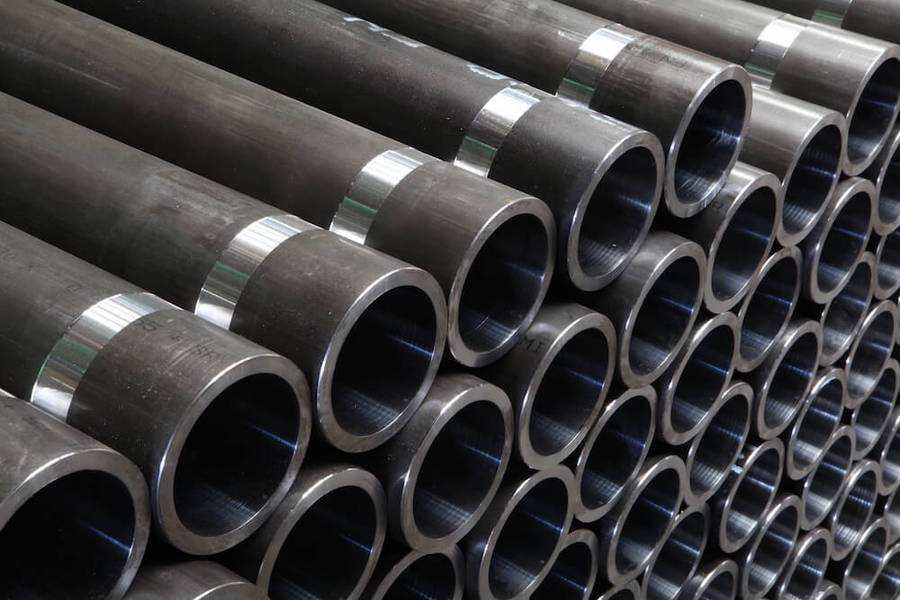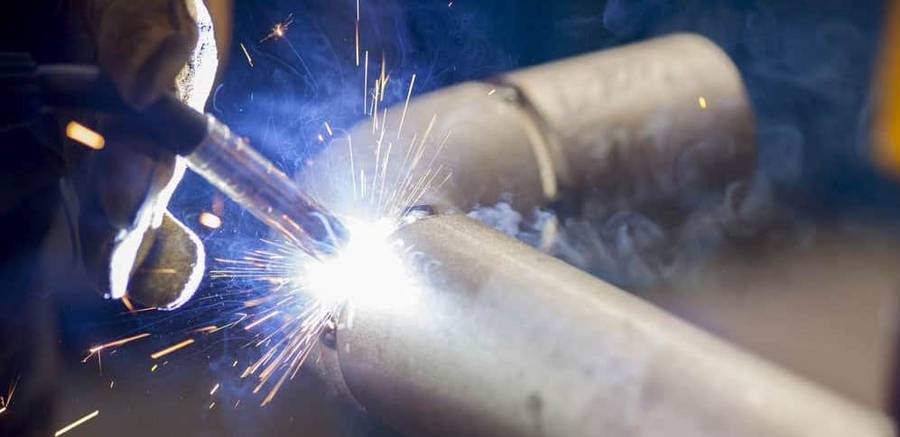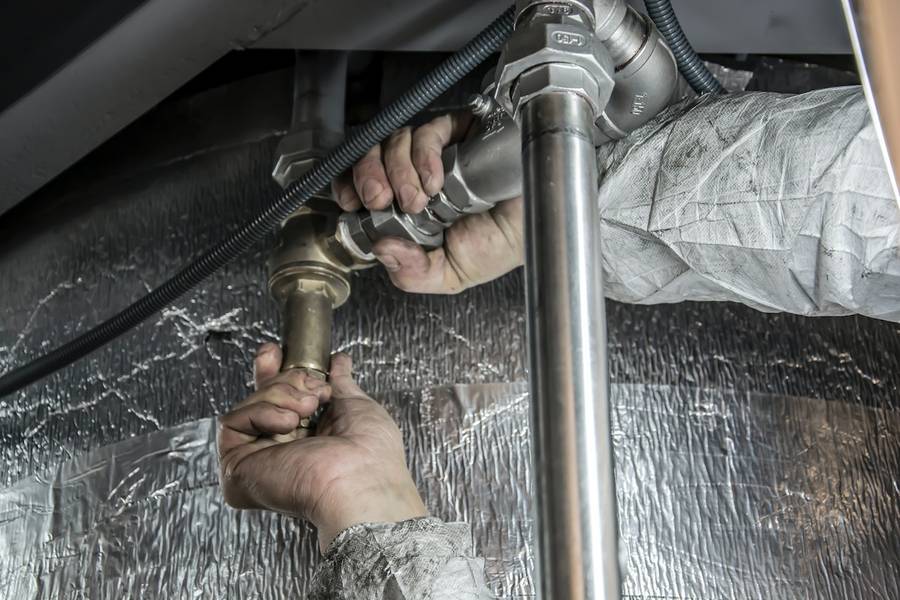Steel Pipes in Sanitary Installations
6 października 2023 | Pipes
Steel pipes play a key role in construction, chemical industry, and energy sector, forming a solid foundation for many sanitary and industrial installations

History of Steel Pipes
In 1830, the first furnace for producing cast iron pipes was built in the United States due to the needs of developing cities and water supply. Soon more furnaces appeared, but iron availability was limited. In 1855, the era of steel was born thanks to Sir Henry Bessemer's invention, enabling the production of cheap steel in large quantities.
In 1861, the development of the open hearth furnace further increased the production of this metal. The next step was the introduction of steel pipes with lock closure in 1905 in New York. Half-pipes were joined by inserting their edges into H-shaped lock beams and closing them with considerable force.
In 1920, electric welding began, and the 1930s brought enormous advances in this technology. Between 1920-1940, about 2.1 million meters of welded steel pipes were installed, and during World War II, steel production was directed towards military needs.
Since the early 1950s, steel pipes have been used for water transmission in the United States. Initially, they were manufactured by rolling steel sheets or plates and riveting seams, which allowed for adjusting the wall thickness of pipes to different pressures in the pipeline profile.
Characteristics

Black steel pipes are used in:
- central heating water installation,
- as gas pipes in gas installation.
Steel installations are connected through welding or threading. In the case of water installations, galvanized steel must always be used, as black steel has no corrosion protection and is therefore extremely susceptible to rust. However, galvanized pipes are not suitable for heating installations. It must be remembered that high temperatures above 60°C destroy the protective properties of zinc. Moreover, this type of pipe cannot be hot-bent or welded, which means that the workload is significantly increased, fitting consumption is higher, and flow resistance is also greater. For heating hot water installations, black steel pipes joined by welding and hot-bent are used, which facilitates pipe routing. Welding avoids a large number of fittings that increase pipe resistance, which is important for central heating installations with convective flow (although nowadays, practically not encountered). It's worth mentioning that acetylene-oxygen torches are used for welding.
Advantages of Steel Pipes
-
Exceptional mechanical strength in tension, compression, and bending are characteristics of steel installations that make them extremely durable. Even with very long pipe sections, there is no need to use many supports.
-
Excellent resistance to high temperature is another advantage of steel. There are no concerns about pipe deformation or expansion under heat influence. Compared to other materials used in water installation construction, steel has the lowest thermal expansion coefficient. Therefore, it can be used in high-temperature installations.
-
Insensitivity to UV radiation is another benefit. This feature is somewhat related to the previous one, as heat also affects pipe durability in this case, but this time it's ambient heat.
-
Steel pipes are very tight. This property eliminates the risk of unwanted substances, such as oxygen, penetrating from outside into the pipe interior.

Disadvantages of Steel Pipes
-
High thermal conductivity of steel pipes is both an advantage and a disadvantage. Water installations made of steel pipes do not maintain high water temperature for a long time.
-
High costs are another consideration. Although steel is relatively cheap as a material, steel pipe installations are not easy to install and require specialized tools such as thread cutters or pipe cutters. Processing costs make steel not very economical for water installation construction. Additionally, there is a need for regular pipe replacement every few years.
-
High susceptibility to corrosion is a significant problem. Various mineral substances and the presence of carbon dioxide and oxygen in water directly contribute to the corrosion process. It's not surprising that corrosion-related failures in steel pipe water installations can occur after just a few years of use, and they usually need to be replaced after ten years.
-
Scale deposition. Steel pipe surfaces quickly lose their smoothness due to the deposition of calcium and magnesium ions present in water. This leads to a significant reduction in pipe cross-section, which in turn affects weaker water flow and lower drinking water quality.
-
Steel is heavy, which can cause difficulties in transport and installation. Moisture easily condenses on steel pipes from the environment, which can damage items under the pipe or cause wall dampness, especially when the water installation is placed in ceiling channels or wall grooves.